The Digital Food Delivery Market is currently characterized by intense competition and rapid evolution, driven by changing consumer preferences and technological advancements. Major players such as Uber Eats (US), DoorDash (US), and Just Eat Takeaway (NL) are at the forefront, each adopting distinct strategies to enhance their market positioning. Uber Eats (US) focuses on expanding its delivery network and enhancing user experience through innovative technology, while DoorDash (US) emphasizes local partnerships and community engagement to solidify its market presence. Just Eat Takeaway (NL) is pursuing a strategy of regional expansion, particularly in emerging markets, which appears to be a critical component of its growth trajectory. Collectively, these strategies contribute to a competitive landscape that is both dynamic and multifaceted, with each player striving to carve out a unique niche.
In terms of business tactics, companies are increasingly localizing their operations and optimizing supply chains to respond to consumer demands more effectively. The market structure is moderately fragmented, with several key players exerting considerable influence. This fragmentation allows for a variety of service offerings, catering to diverse consumer needs, while also fostering competition that drives innovation and efficiency across the sector.
In September 2025, DoorDash (US) announced a partnership with local farms to enhance its sourcing of fresh produce for delivery. This strategic move not only supports local agriculture but also aligns with growing consumer demand for sustainable and locally sourced food options. By integrating local farms into its supply chain, DoorDash (US) is likely to improve its brand image and customer loyalty, positioning itself as a leader in sustainable food delivery.
In August 2025, Just Eat Takeaway (NL) launched a new AI-driven recommendation system aimed at personalizing the user experience. This initiative reflects a broader trend towards digital transformation within the industry, as companies seek to leverage technology to enhance customer engagement. The implementation of AI could potentially lead to increased order frequency and customer satisfaction, thereby strengthening Just Eat Takeaway's competitive edge.
In July 2025, Uber Eats (US) expanded its delivery services to include grocery items, marking a significant diversification of its offerings. This strategic pivot not only broadens its market appeal but also positions Uber Eats (US) to compete more effectively against rivals in the grocery delivery space. The integration of grocery delivery services may enhance customer retention and increase overall order volume, suggesting a forward-thinking approach to market demands.
As of October 2025, the competitive trends within the Digital Food Delivery Market are increasingly defined by digitalization, sustainability, and the integration of artificial intelligence. Strategic alliances are becoming more prevalent, as companies recognize the value of collaboration in enhancing service offerings and operational efficiency. Looking ahead, competitive differentiation is likely to evolve from traditional price-based competition towards a focus on innovation, technological advancements, and supply chain reliability, indicating a shift in how companies will vie for market share in the future.


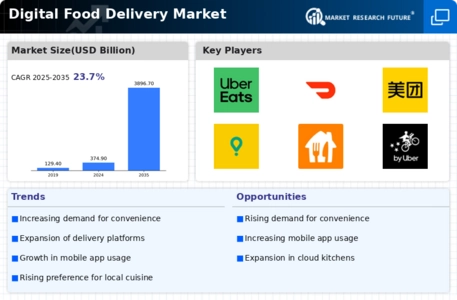
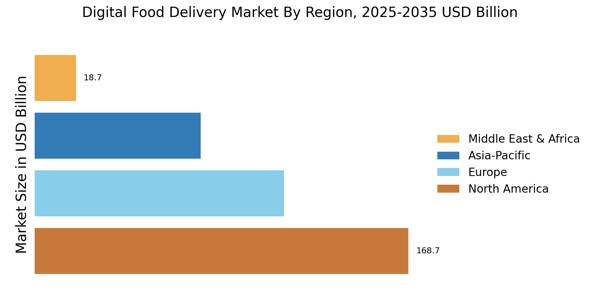

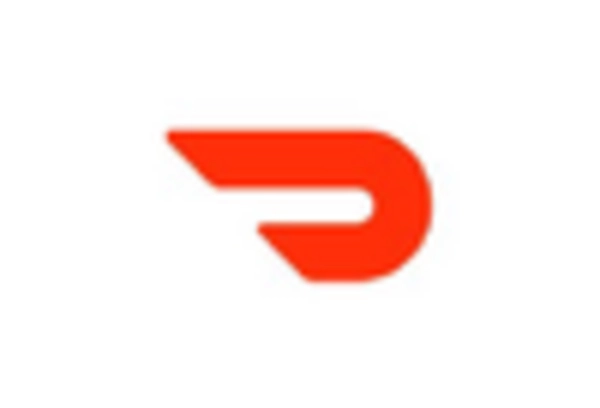

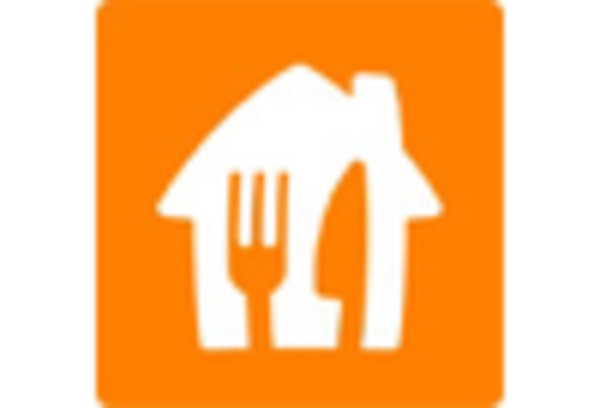
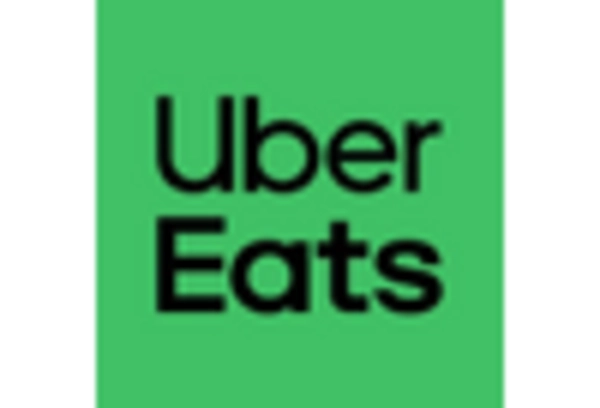
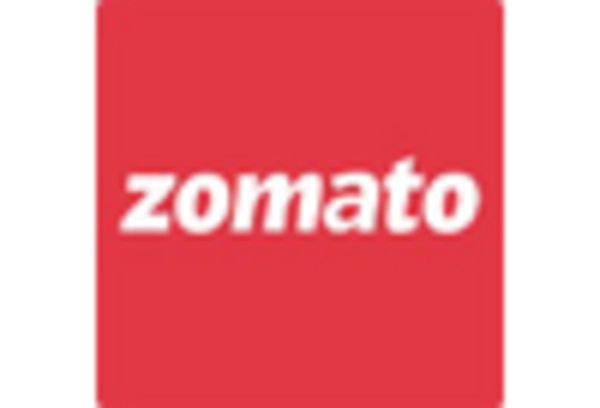








Leave a Comment